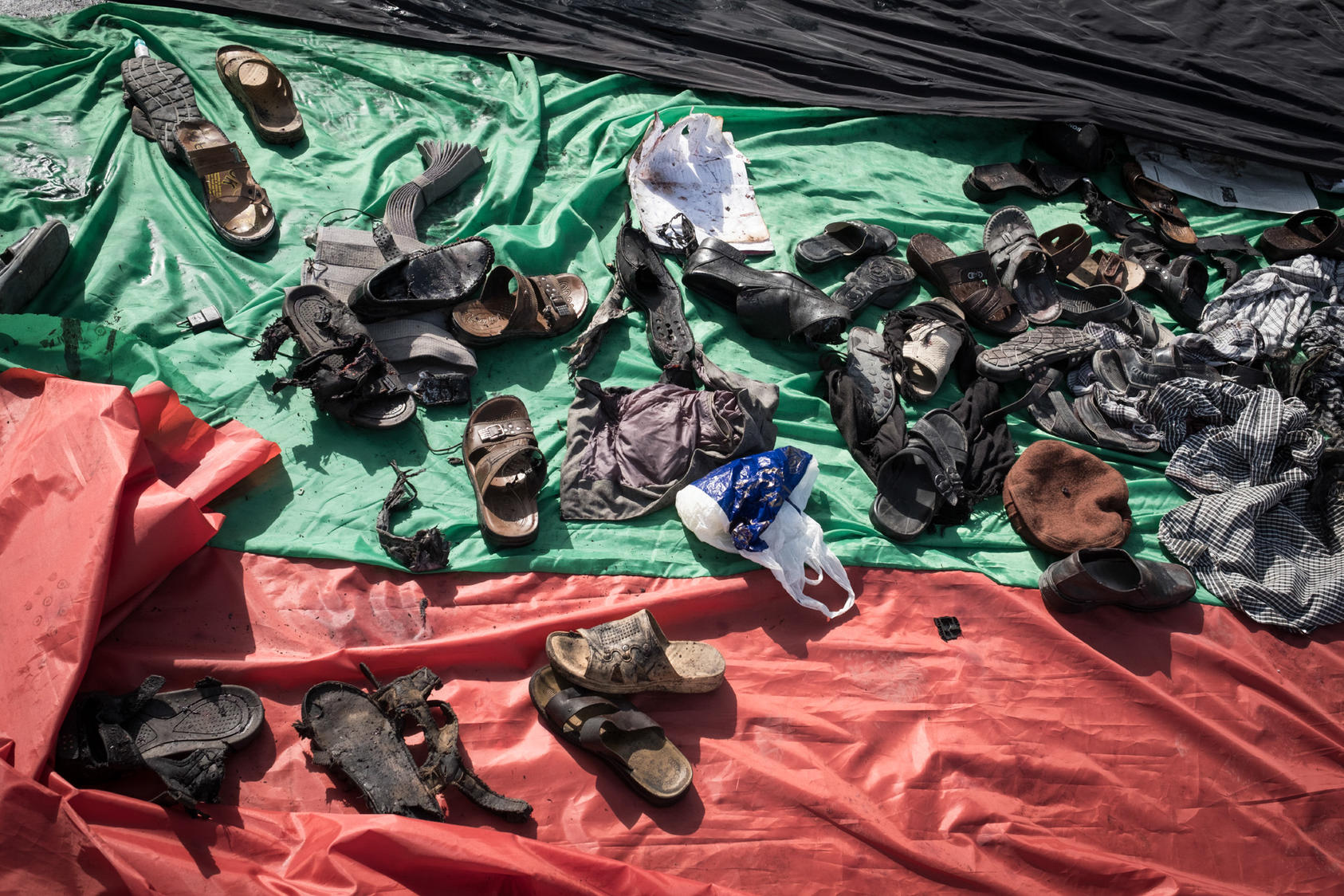Manoj Kumar
 Curiosity got my goat, nearly. After all I’m a journalist and the India-China spat on Bhutan’s turf is all over WhatsApp, so I too got sucked in. So, just for the heck, I wrote to Army Headquarters for permission, which reached me via WhatsApp. The next thing I know, I’m on a flight to Bagdogra Air Force Airport. Confident I’ll be in Doklam in no time, I hired a cab from the airport. I was through Chicken’s Neck in a jiffy, heading like an arrow to Gangtok Base.
Curiosity got my goat, nearly. After all I’m a journalist and the India-China spat on Bhutan’s turf is all over WhatsApp, so I too got sucked in. So, just for the heck, I wrote to Army Headquarters for permission, which reached me via WhatsApp. The next thing I know, I’m on a flight to Bagdogra Air Force Airport. Confident I’ll be in Doklam in no time, I hired a cab from the airport. I was through Chicken’s Neck in a jiffy, heading like an arrow to Gangtok Base.
Being the friendly sort, I struck up a conversation with the cabbie. I asked him about Nathu La and how I could get there. He called up a fellow driver friend to take me to Nathu La Pass from the base. I was beginning to feel things weren’t as bad as portrayed in the media. At 8 pm, I was booking another cab at Gangtok Base. This cabbie told me to get a valid Army pass. I told him I had permission from the headquarters in Delhi. The next day, I woke up at 6 and headed for the local Army unit. The guard at the gate stopped me. I showed him the AHQ letter. He said he couldn't help, his seniors were all out, patrolling. The guy was like ice on Everest, wouldn’t melt.
Dash to Nathu La
I had wasted four precious hours. I explained it to the cab driver Norbu Hakshi, a wily chap. He wanted a report on Buddhists on fast over issues that concerned them published in Delhi and I said OK to that. He called in a ‘border cab’ to take me to Nathu La. Border cabs can move freely. They have local passes. This cabbie’s name was Shangnu Dorje. We haggled over fare for a minute. I was desperate, so we settled on a figure and got started. Crossing the next Army barrier was easy. The ‘local pass’ did the trick. The cab took the road to Nathu La Pass. It was a pathetic excuse for a road. After about 30 km we were in a village and I told the cabbie to stop. I stepped out, started clicking pictures and talking to the villagers. But the cab driver shouted at me to come and sit in the cab. He said I was a galat-type person. I showed him my documents. He said he was taking me back to Gangtok Base.













/arc-anglerfish-arc2-prod-mco.s3.amazonaws.com/public/VTY3PGO3K5FR3NOK4PPVVDZOAA.jpg)